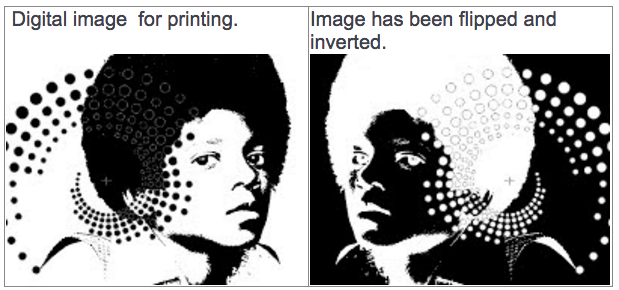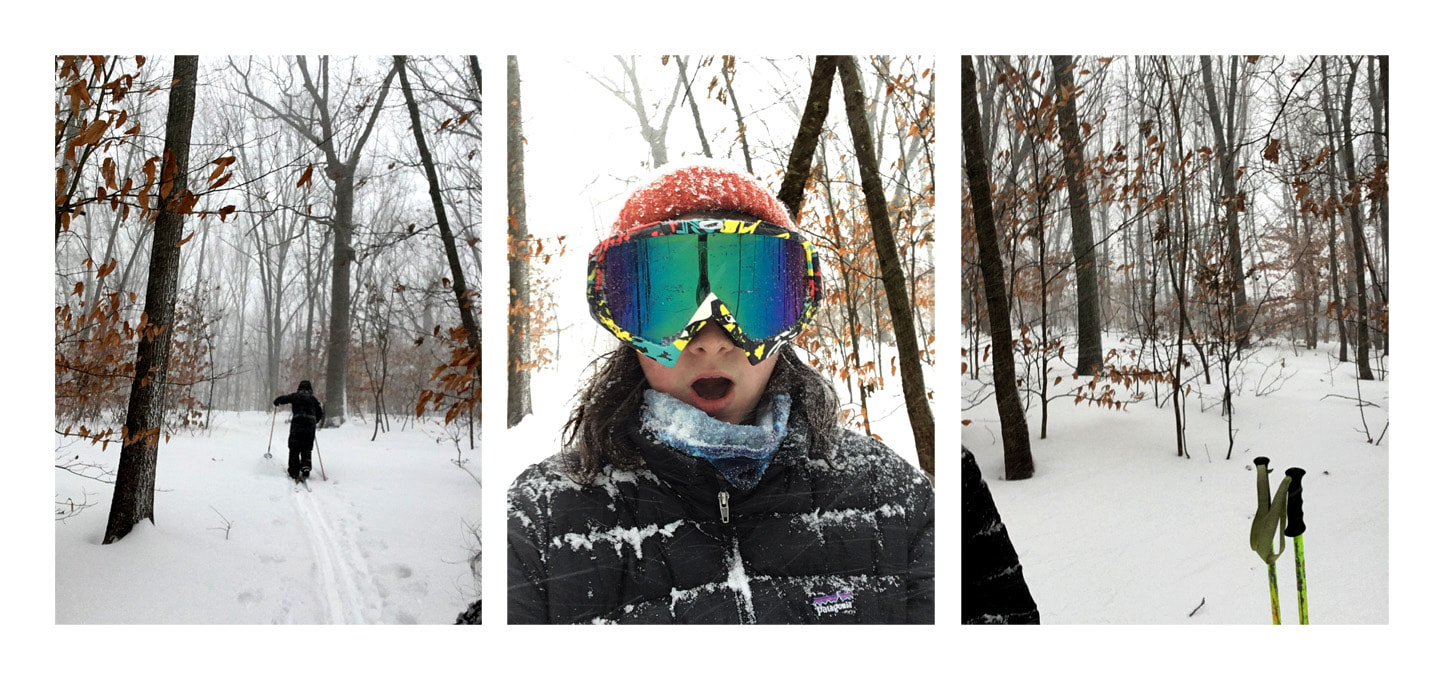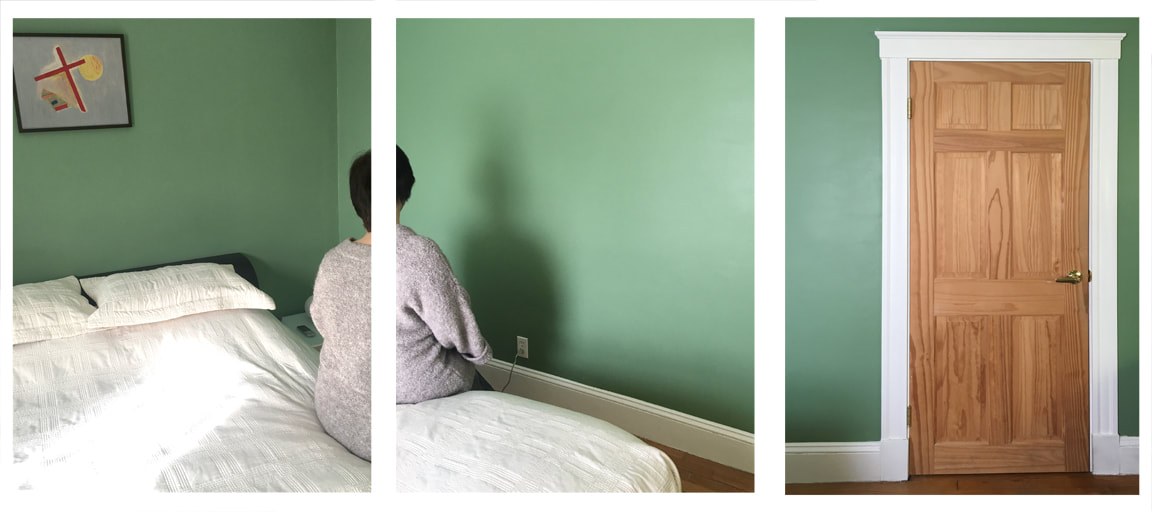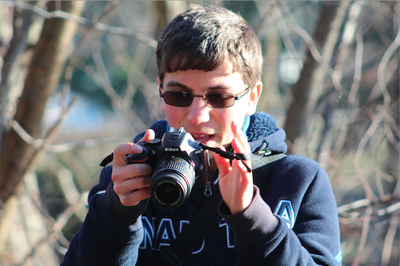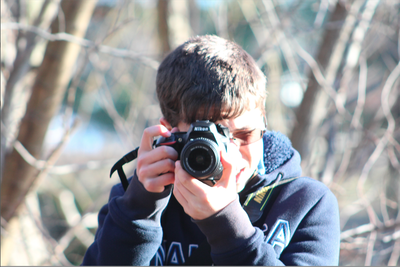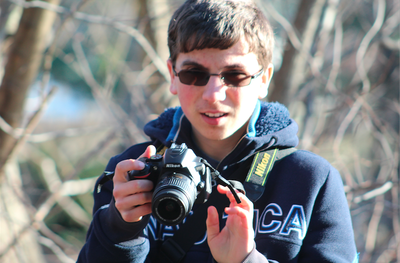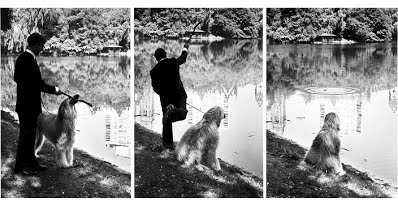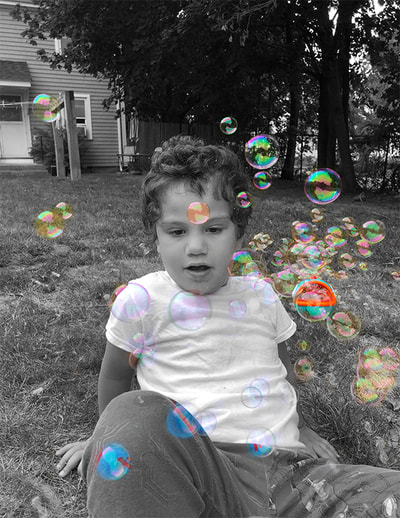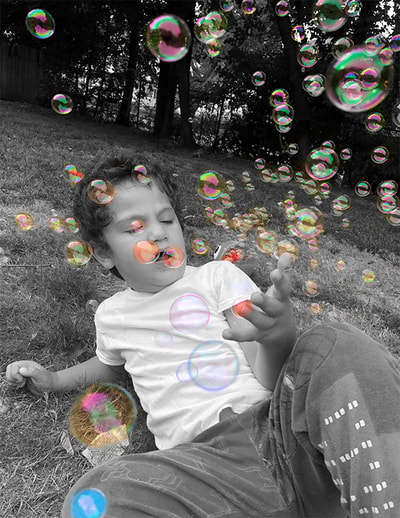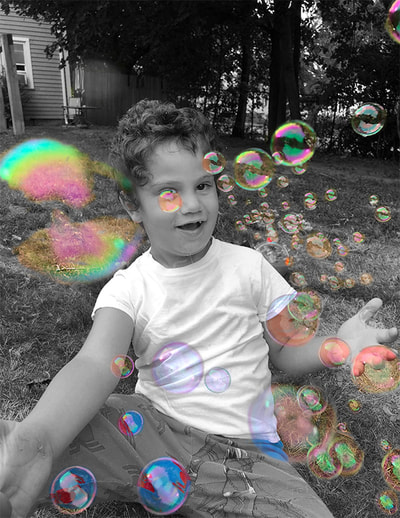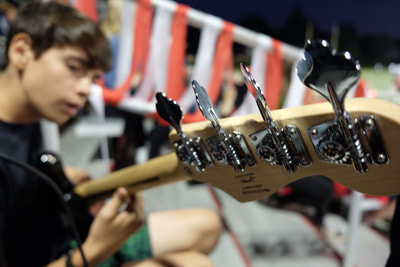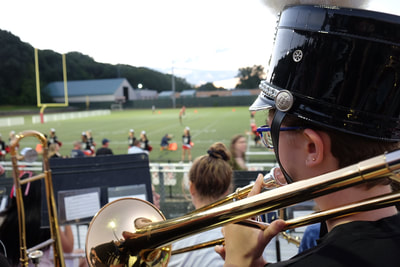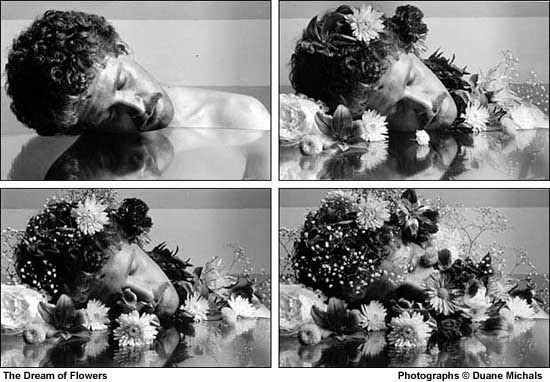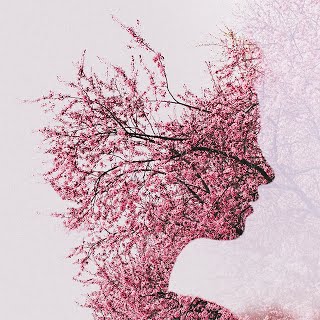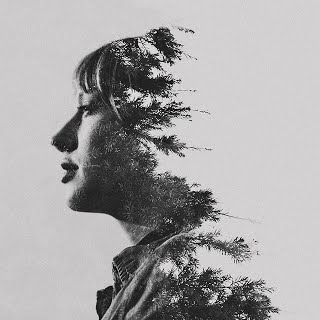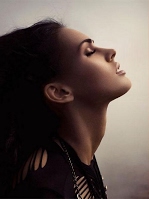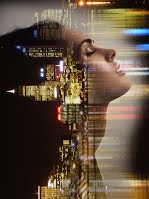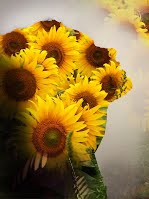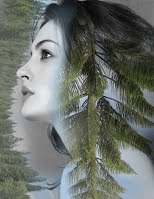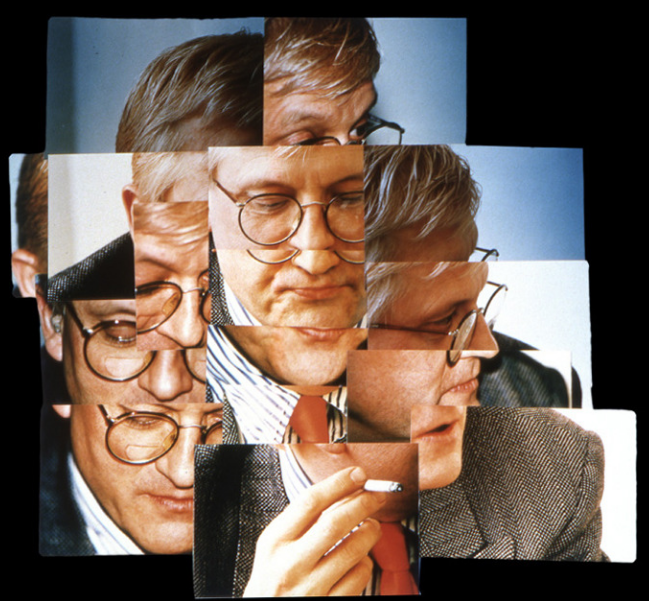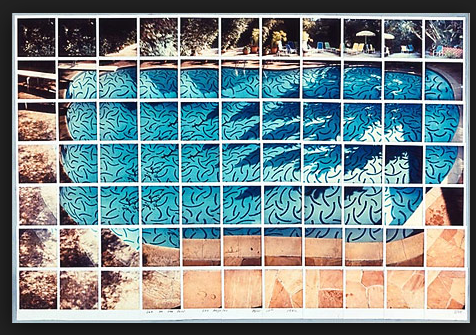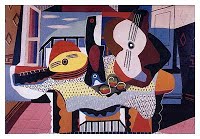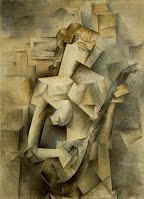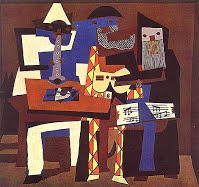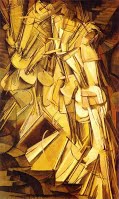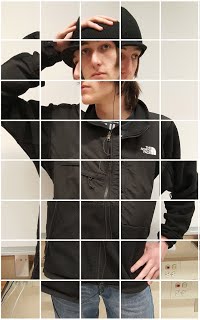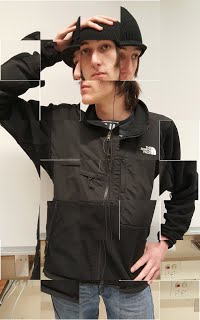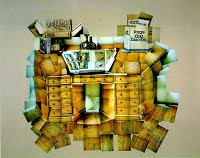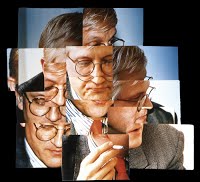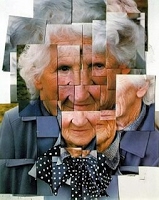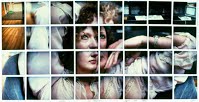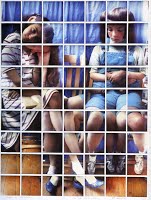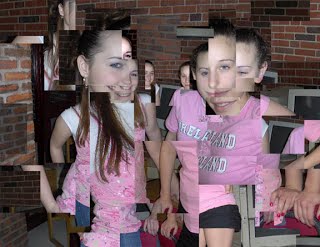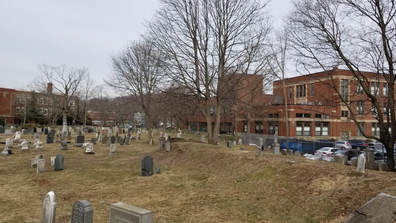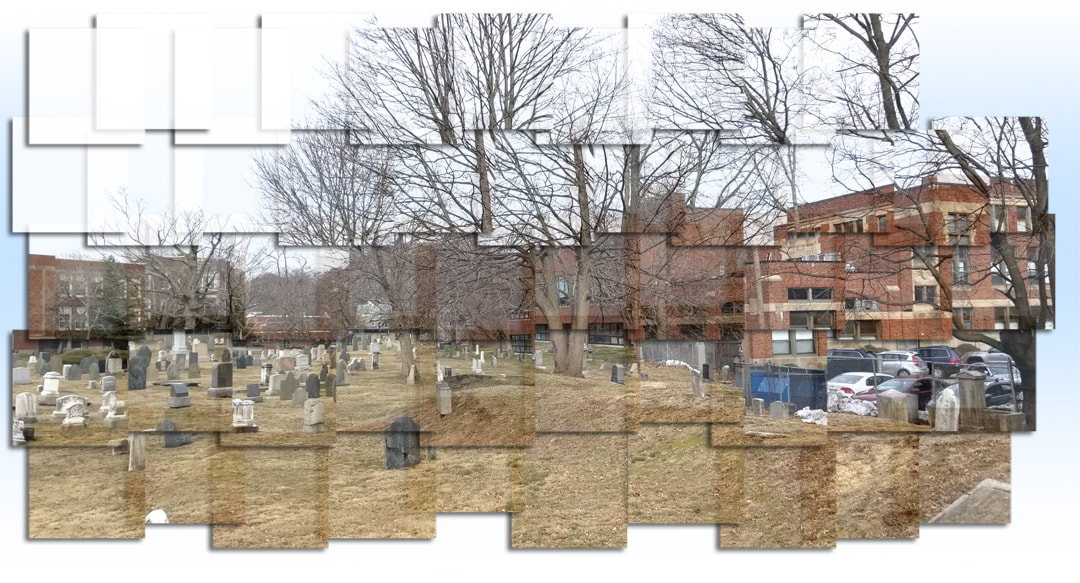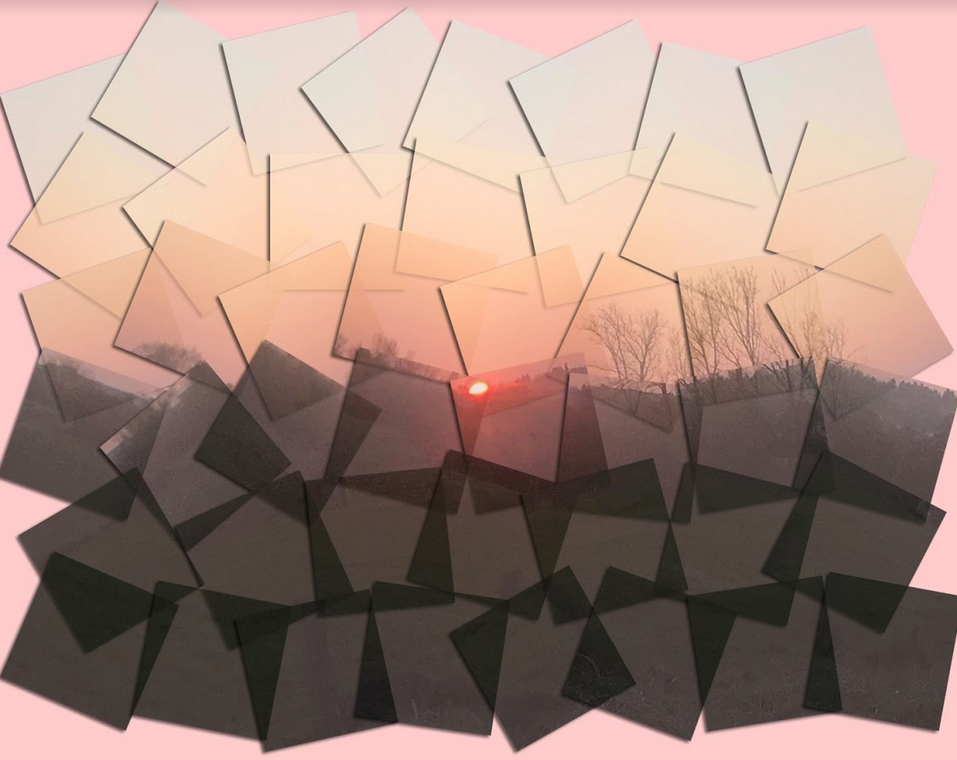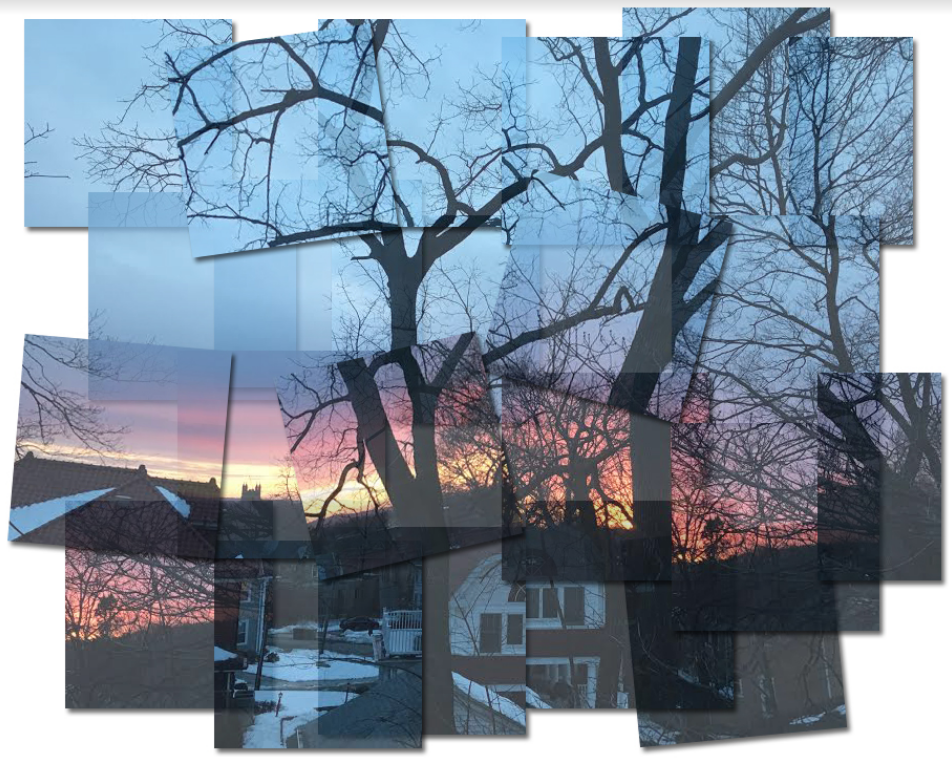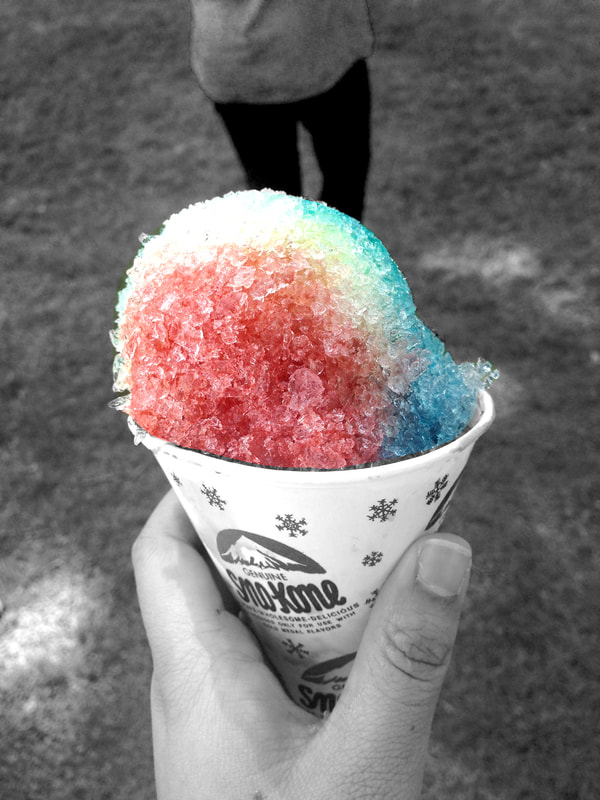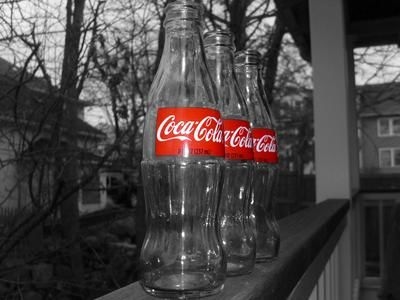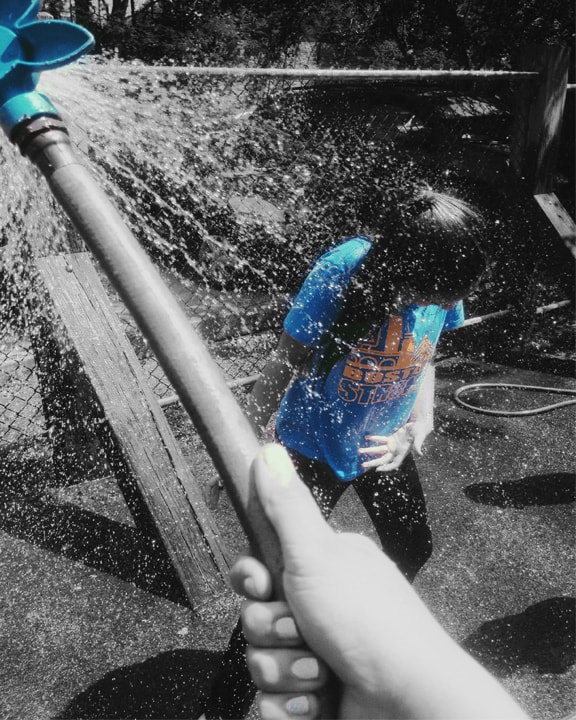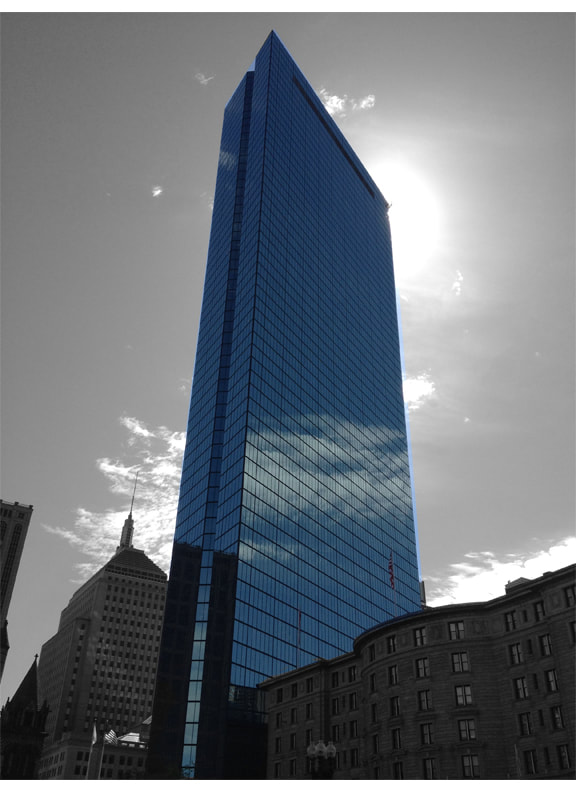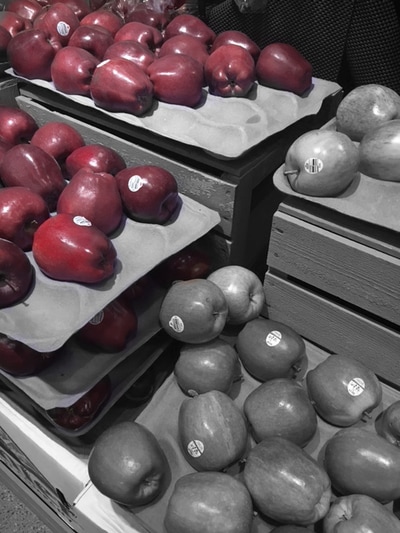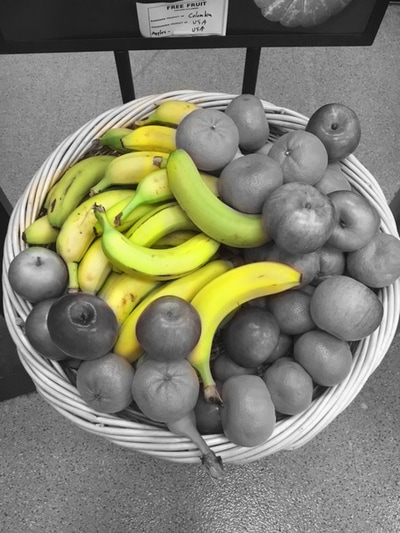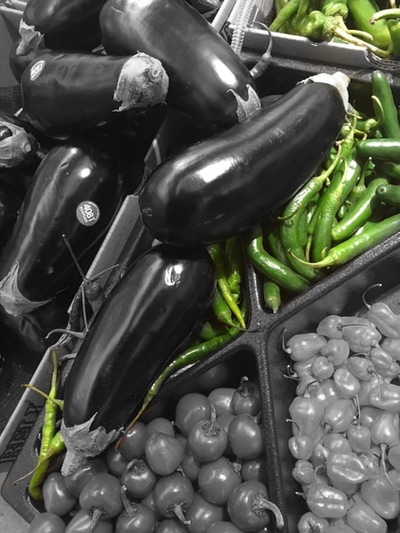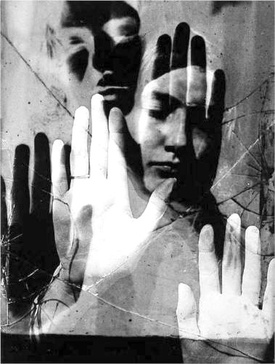 Photogram: a picture produced with photographic materials, such as light-sensitive paper, but without a camera. The first artist to exhibit Photograms was a Surrealist named Man Ray. Directions: (part a)
Objective: Create photograms with original digital printed collages (rather than using found objects). Directions: (part b)
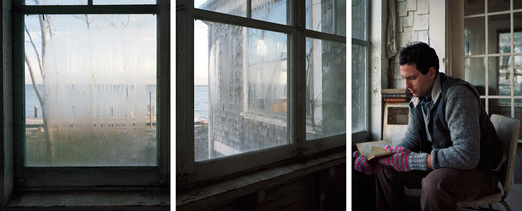 Directions
About Statement For years I have been actively documenting my life and the lives of those around me, recording events and attempting to create order in a sometimes chaotic world. While my photographs focus on the personal, the familiar and the simply ordinary, the work strikes a balance between autobiography and fiction. Within the photographs physical distance is often manipulated to represent emotional distance. The casual glances people share can take on a deeper significance, and what initially appears subjective and intimate is quite often a commentary on the larger contours of life. For me, the construction of panoramic photographs, comprised of various single images, acts as a visual language. Focal planes shift, panel by panel. This sequencing of photographs and shifting of focal planes allows me the luxury of guiding the viewer across the photograph, directing their eye; an effect which could not be achieved through a single image. I continually aspire to represent the spaces we inhabit, relationships we create, and the objects with which we surround ourselves. I hope the messages the photographs deliver speak to the personal as well as the universal experience. I find the enduring power and the sheer ability of a photograph to express a thought, a moment, or an idea, to be the most powerful expression of myself, both as an artist, and as an individual. David Hilliard Rubric:
 Alex Williamson is a London based Graphic Artist and Commercial Illustrator who also works in Moving Image and Graphic Design. Alex creates original artwork using cut-out, collage and print techniques, combining found ephemera, drawing and photography. Alexs work has been featured in several international publications and he exhibits regularly. Start this project by making a new document in photoshop. This document should be Tabloid format. Either portrait or landscape. Resolution should be 150dpi or higher, depending on the resolution of your digital photos. Convert your digital photos into flatter, graphic expressions. For example, in Photoshop you can:
Create 3 Analog prints based on the Photographic Standards that were recently discussed in class from the book "Photographic Eye, Chapter 4 - Developing a Critical Eye - pg. 67". It is expected that you will produce multiple prints throughout the duration of this course. Based on the photographic standards you will choose your 3 best prints for submission.
To complete this project you must successfully shoot 1-2 rolls of film and use your original negatives in the darkroom. Until you have your own negatives to work with, archived negatives will be supplied to you for practice. You will not be permitted to submit prints that were produced with negatives other than your own. These standards include:
[Three Print Evaluation Form - pdf] Surrealism: a 20th-century avant-garde movement in art and literature that sought to release the creative potential of the unconscious mind, for example by the irrational juxtaposition of images. 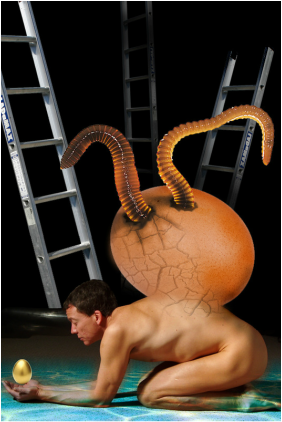 Objective: Create an original surrealistic photograph. Directions:
Elliott Erwitt on the art of photographic sequencing http://www.bbc.com/news/magazine-17295728 http://lizcagephotography.blogspot.com/2012/03/sequencing-research-julie-cassels.html Objective: Research artists who use sequencing themes within their work.
Create 3 triptych photographs that deal with the notion of sequencing. Directions: Outside of class create a series of photographs that deal with the idea of sequencing images. These images combined will suggest a narrative, not unlike frames in a comic book. Research one or more artists that deal with sequencing. Be creative with your ideas. Explore the possibilities!
Goal: Overlay digital portraits with unrelated subject matter, generating contrast with surface texture, value and color. Consider the interplay of positive and negative relationships. Consider the interplay of light as individual layers vary in transparency. Double Exposure Portraits by Sara K Bryne http://www.thisiscolossal.com/tags/multiple-exposures/ Directions: (1) Produce a series of digital photographs of portraits (both side and frontal). (2) Produce a series of unrelated imagery such as vegetation, trees, architecture, industrial, etc. * Photos should be shot at the highest resolution that your digital camera will support. Using Adobe Photoshop, import original digital photographs of portrait & unrelated subject matter. Use selection tools to create an outline of the portrait. Invert the selection tool to work on the background. Use the eraser and blending modes to integrate unrelated information into portrait image. Consider composition, interplay of positive & negative forms and background relationships. Rubric: Media Literacy: Demonstrate understanding of a variety of tools found in Adobe Photoshop: (1) Layer Pallet, (2) Selection Tools & (3) Blending Modes. Digital Photographs: Producing original digital photographs that showcase clear closeup side and frontal portraits as well as a variety of unrelated subject matter that contrasts the surface texture of the portrait. ( *See class demo and works by Sara Bryne via links above for examples) Originality: Produce a minimum of 10 overlay portrait studies. Your final collection of work should reflect creative original thinking. and a range of applied Photoshop solutions. Composition: Final studies should demonstrate effective use of applied composition so as to create dynamic visual relationships between foreground and background layers. Framework Standards: Methods, Materials, and Techniques Students will demonstrate knowledge of the methods, materials, and techniques unique to the visual arts. Elements and Principles of Design Students will demonstrate knowledge of the elements and principles of design. Observation, Abstraction, Invention, and Expression Students will demonstrate their powers of observation, abstraction, invention, and expression in a variety of media, materials, and techniques.
New Photomontage Technique
Directions:1. Produce a series of 6 quality images that share a common theme with your digital camera. Images should contain high saturation of color. *Remember to always shoot your photos at the highest resolution. 2. Import images into Adobe Photoshop. Create a black & white adjustment layer. 3. Use your paintbrush to create openings in the adjustment layers to expose the colors from the original photo. 4. When the foreground color is black, you will be able to reveal color via the adjustment layer. When the foreground color is white, the adjustment layer will re-generate itself hiding the once exposed bits of color. Project Rubrics: 1. Produce 6 quality photographs that work within a common theme. 2. Photographs should show evidence of high color saturation. 3. Isolate and reveal small areas of color within black & white images. 4. Craft: Selections should be clean and deliberate. |
||||||||||||
